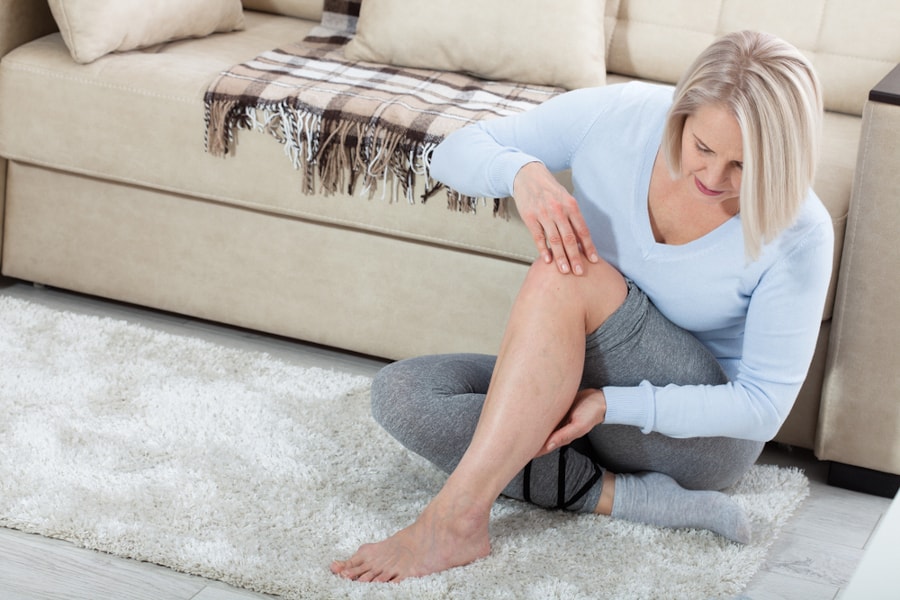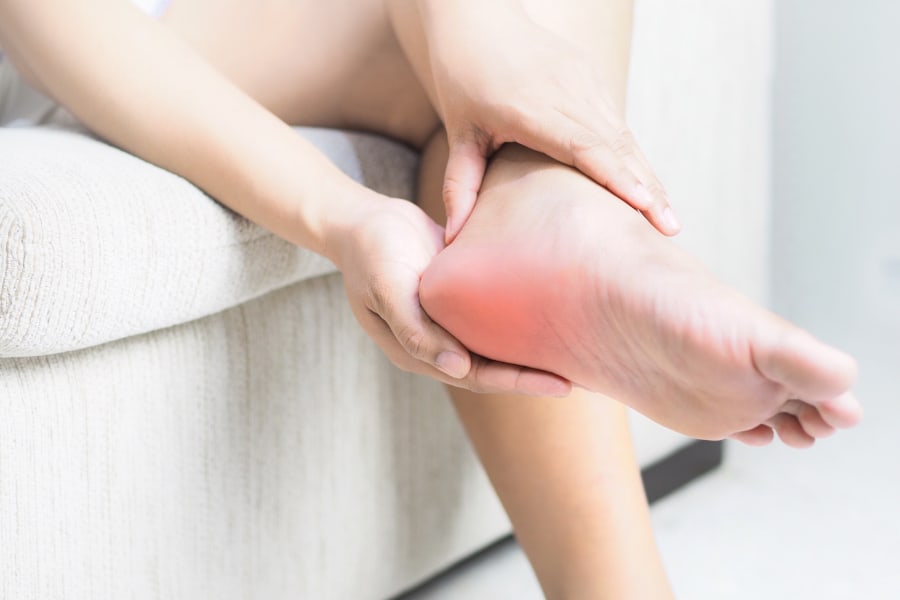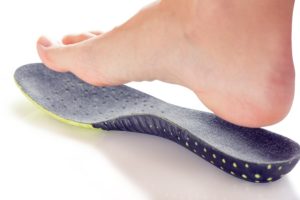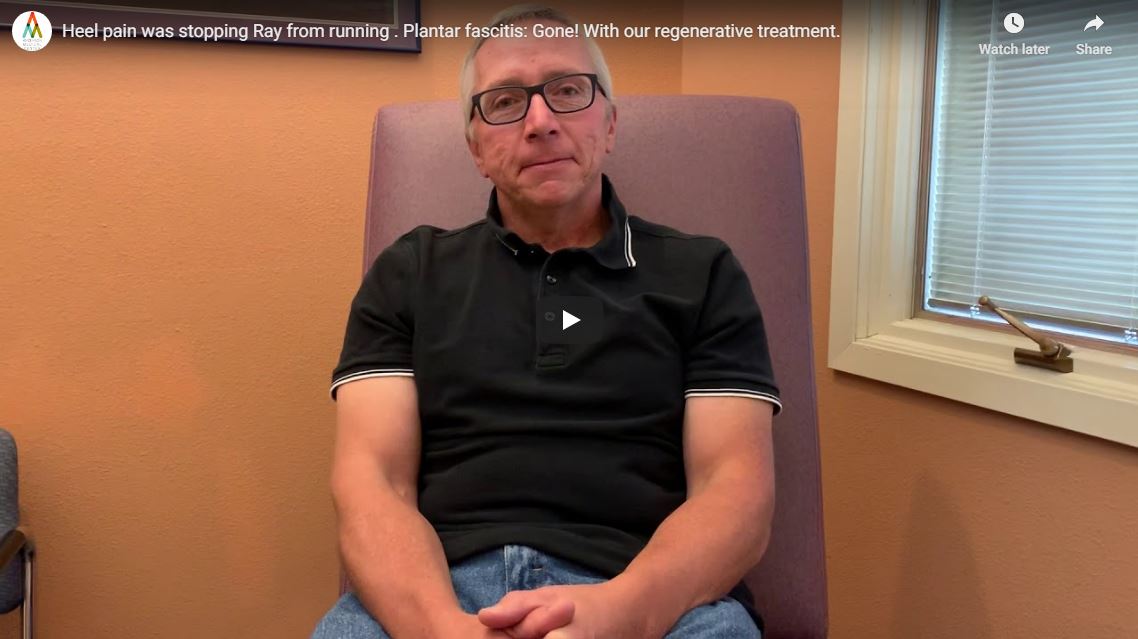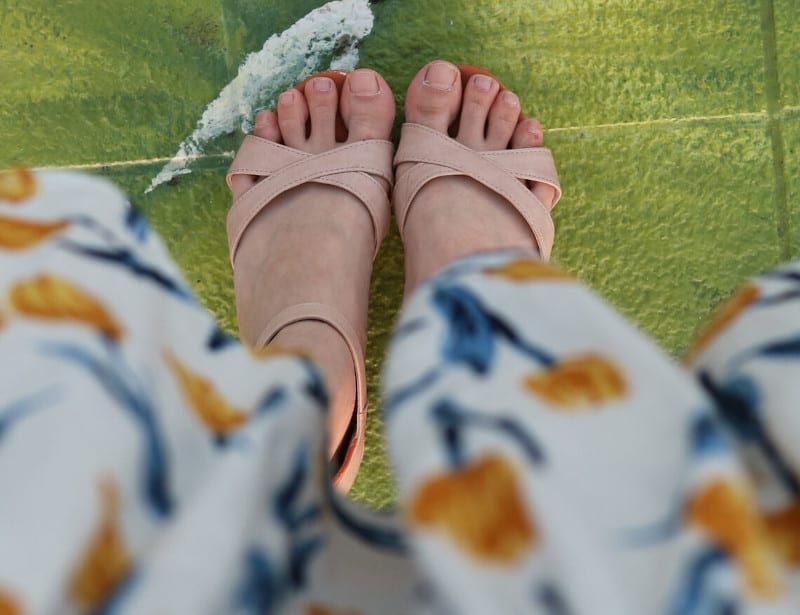The term chronic pain syndrome is used quite a bit nowadays since so many people experience it. In many cases, people even end up with drug addictions because of it. Here, we will discuss what qualifies as chronic pain and the various ways it affects you physically and mentally.
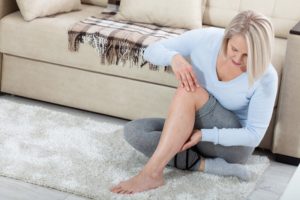 What is Chronic Pain?
What is Chronic Pain?
The most common notion is that chronic pain is caused from nerve damage, possibly by trauma or from surgery. You may be in a car accident and suffer whiplash or a fractured ankle, and right after your surgery to repair the fracture chronic pain will ensue. The trauma of surgery or an injury can trigger chronic pain. This may be surprising, but something as simple as an ankle sprain may create a state of chronic pain.
The medical terms you may have heard for these conditions are Complex Regional Pain Syndrome, abbreviated as CRPS, and Reflex Sympathetic Dystrophy, abbreviated as RSD. RSD was the term used to describe the pain patients thought they were consigned to and had to learn to live with. In 1993, the terminology was changed to CRPS, Complex Regional Pain Syndrome, but some still will use the original terminology. When you hear that someone is going to a pain clinic for treatment, this is most commonly what they have been diagnosed with.
Neuropathy and Restless Legs Syndrome
Problems such as neuropathy and restless legs syndrome can also be included in the chronic pain group. The symptoms of neuropathy can include burning, tingling, numbness, and pain, and is more common in the lower extremity than the upper. Neuropathy is often associated with diabetes, but can also be called idiopathic neuropathy, meaning it’s from an unknown cause. Restless legs syndrome can also be considered a chronic pain problem when it is severe. The symptoms associated with it are a nervous or restless type feeling in the legs that makes it difficult to sit still. Sufferers are often awoken by this feeling in the night and must get out of bed to relieve the symptoms. Other symptoms include a creepy crawly sensation, cramping and jerking in the legs. All these symptoms make it difficult to have uninterrupted sleep and ultimately affect your personality.
 Chronic Pain and Your Personality
Chronic Pain and Your Personality
With chronic pain syndrome, the body goes into a fight or flight mode. This changes the chemistry within the brain; creating emotional issues where people want to isolate themselves – all resulting in depression. When a great part of your time is spent thinking about and focusing on your pain it can become very difficult to focus on other things or people. This feeling of isolation can lead to a depressive state.
Chronic pain can also cause significant anxiety – the feeling of hopelessness that a problem may never get resolved. Patients may also feel a loss of control, not knowing what to do and are desperate for help or improvement. In this case of restless leg syndrome, there can be severe sleep deprivation which also causes depression and anxiety in the inevitable terrible night of bad sleep.
A study reports that people with chronic pain may tend to worry more, which causes them to be less inclined to participate in novel activities. The desire of wanting to go out and explore the world goes away, ultimately minimizing the pleasures of life.
There’s also evidence that chronic pain can cause an alteration of how communication between brain cells takes place, thereby reducing your ability to effectively process your own human emotions. Without the ability to monitor your emotions, people experience a lack of control or misinterpretation of what is happening. The main way to treat this problem is to find the cause of the issue.
Weight Gain and Depression
Weight gain that comes with lack of activity and lack of sleep can also cause personality changes. When sleeping becomes difficult and your focus is on your chronic pain, it reduces one’s self-esteem. The combination of lack of sleep, the emotional stress of the pain and potential side effects of the medication taken for these disorders make it difficult to get up each day, let alone be active.
This lack of activity can commonly lead to weight gain. Why is this so important? We know that lack of exercise has a negative effect on the biochemistry of your brain, and the potential for weight gain can also have an effect on one’s self esteem. The relationship between one’s physical and mental self is very important, and if you are not being greeted by the great looking self you once saw yourself as you can experience hardship.
At Anderson Podiatry we provide many options, including working with peripheral nerve disorders, that can get to the root of these problems rather than treating the symptoms with medications. We like to describe this method as “putting out the fire” rather than simply dealing with the smoke. So, if you’re questioning if you have mood or personality disorders from your chronic pain, please come visit us. Do not lose hope as we’ve been able to help many get back to feeling like themselves.
